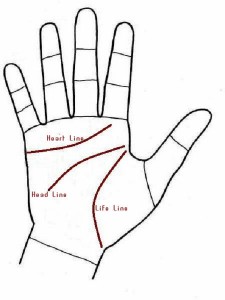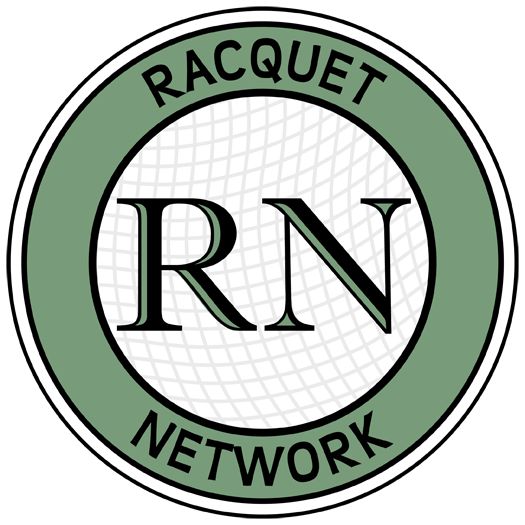 In an average year, Racquet Network staff sell racquets to more than 2000 customers. Some know exactly what they want when they walk through our doors, but most do not. Most need some help.
In an average year, Racquet Network staff sell racquets to more than 2000 customers. Some know exactly what they want when they walk through our doors, but most do not. Most need some help.
In order to ensure that we are connecting customers with racquets that are properly suited to their needs, we ask a series of questions that focus on frequency and style of play. The frequency questions are easy for most people. Most customers tend to have a good idea of how often they will be playing with the racquet they are buying.
The more difficult questions are those related to the customer’s style of play. Most people haven’t really thought about how they play. Are you an attacker or a defender? Are you a pounder or a placer? What are your biggest weapons: serves, serve returns, volleys, drop shots or something else?
They way you play matters. If your game is based on a big serve, you will want a racquet that helps you serve even bigger. If your game is purely defensive, you will want a racquet that enhances defensive shotmaking. Whatever your game — tennis, squash, badminton, pickleball or racquetball — the racquet you choose must fit your playing style.
An equally important consideration is the opposition you will be facing on the other side of the court. In tennis, for example, if you are playing an opponent who hits hard penetrating ground strokes or punishing first serves, you will want a stiff frame to counter with. Why? Because the last thing you want when you are playing a pounder is a soft frame that flexes on contact and sprays the ball in unintended directions.
The same is true for badminton players. You may want to play an attacking style, but if you are part of a drop-in group and half of the players are better than you, you will probably be attacking half of the time and defending the other half. In this case, you might be wise to choose a balanced racquet that allows you to play both styles. Or you might choose to have two racquets in your bag: one for attacking and one for defending.
Think of your racquet bag as a tool kit. If the only tool in your kit is a hammer, you will have to treat everything like a nail. But if you have a hammer, a screwdriver and a pair of pliers, you will be better equipped to deal with a variety of tasks.
New players tend to buy one racquet and use it for everything. The same is true for professionals who are able to impose their game on opponents regardless. In between these levels you will find some smart players and some not-so-smart players.
The not-so-smart ones buy the same racquet or the same category of racquet over and over. Look in their bags and you will often find a half dozen racquets in different colours and styles all of which do exactly the same thing.
Smart players, on the other hand, have a variety of tools in their chests. At the very least, they will have one racquet for attacking and one for defending. The smartest will have a variety of frames customized in a variety of ways to use against the opponents they play most often.
Choosing the right tool for the right job is essential for most advanced intermediate players. In games where the margin of difference is often only a couple of points, anything that gives you an advantage — or takes away an opponent’s advantage — is worth taking a look at.
[wdsm_ad id=”39760″ class=” ” ]


 It doesn’t matter what you are buying — racquets, shoes, string, accessories — price should not be your most important consideration. If it is, you will almost certainly make a poor decision.
It doesn’t matter what you are buying — racquets, shoes, string, accessories — price should not be your most important consideration. If it is, you will almost certainly make a poor decision. In an average year, Racquet Network staff sell racquets to more than 2000 customers. Some know exactly what they want when they walk through our doors, but most do not. Most need some help.
In an average year, Racquet Network staff sell racquets to more than 2000 customers. Some know exactly what they want when they walk through our doors, but most do not. Most need some help.